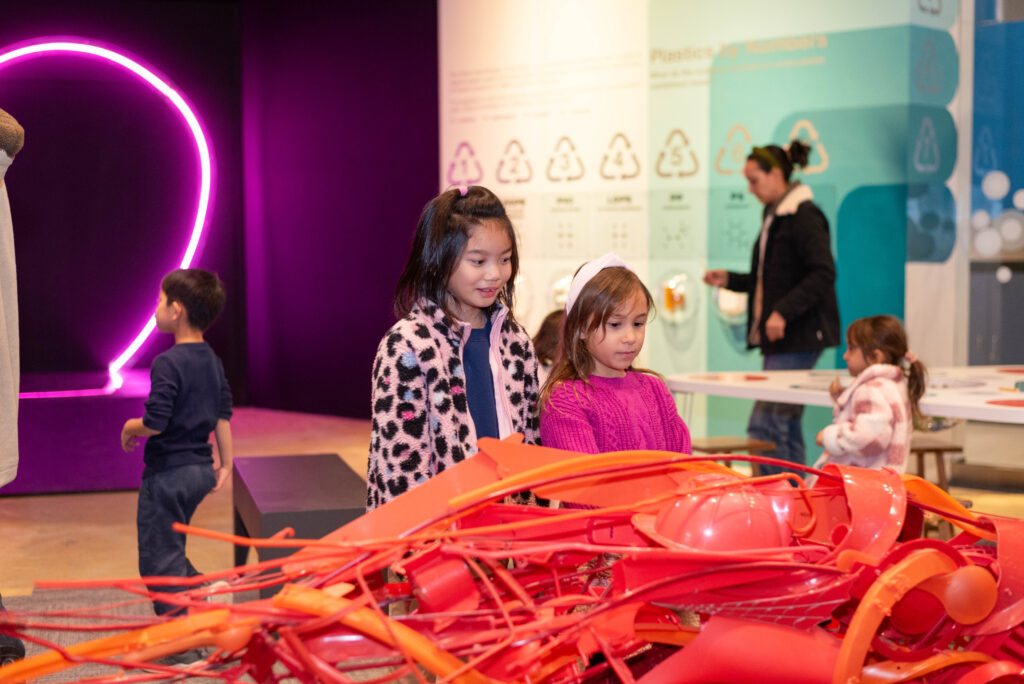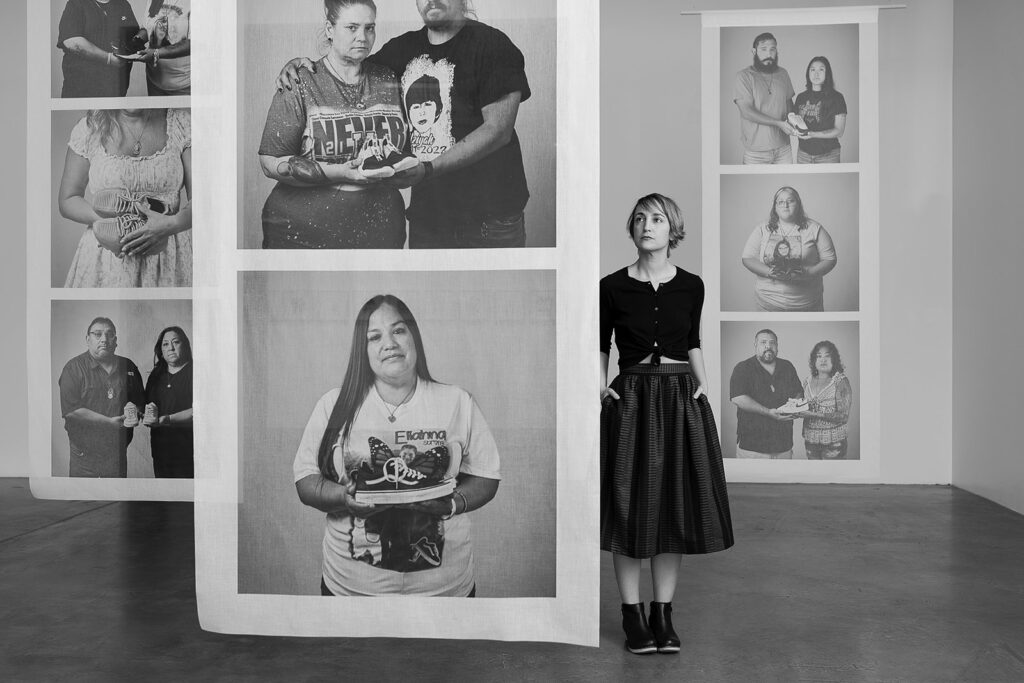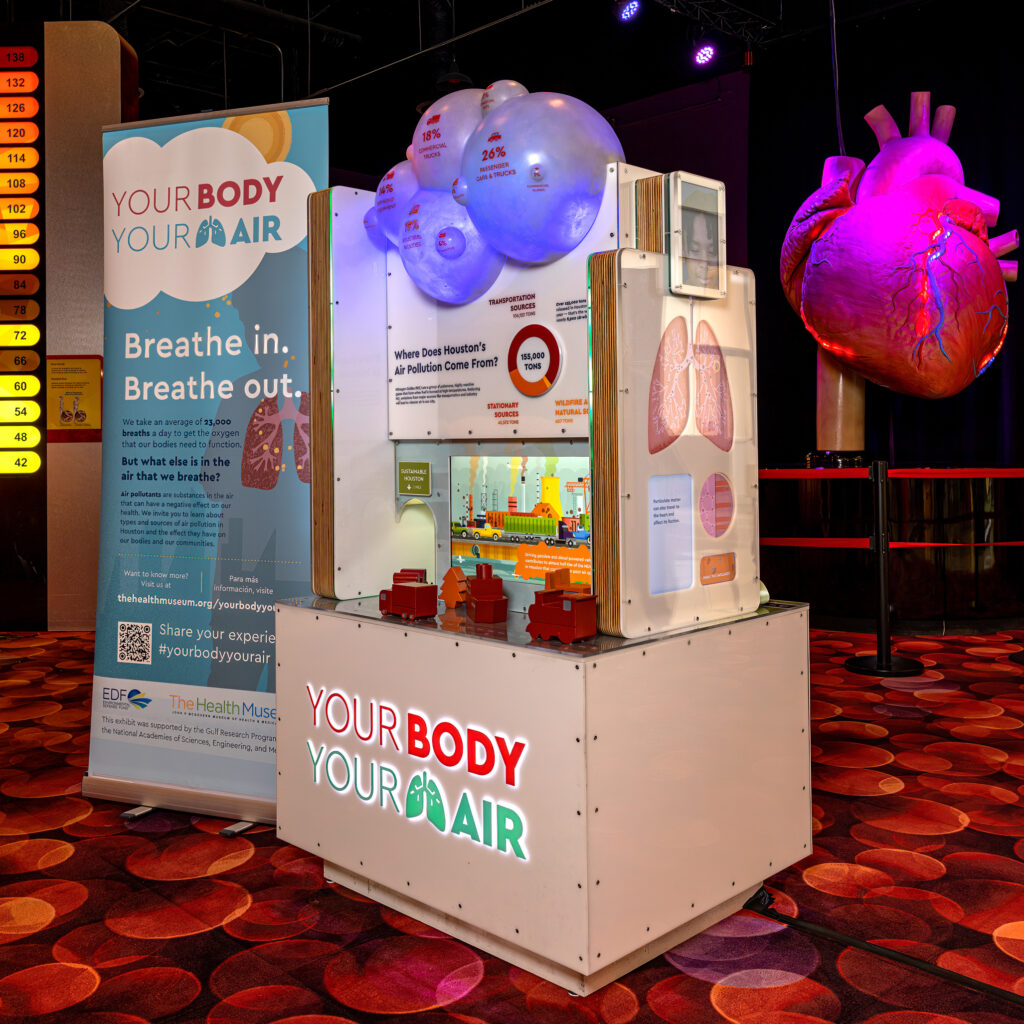“To be properly educated to practice his or her art, it is essential that a knowledge of science be supplemented by familiarity with the humanities.”
John P. McGovern, MD.
What’s New

Body Worlds 101
BODY WORLDS 101 is a fascinating all-new exhibit designed to ignite curiosity, understanding, and awe for the human body for visitors of all ages.

Reclaimed Creations
Explore the incredible sculptures that artist Sayaka Ganz created from discarded plastic while learning about the science of plastic and its impact on our world.

77 Minutes
77 Minutes is an exhibition featuring still-life photographs and family portraits of those whose lives were devastated by the school shooting at Robb Elementary in Uvalde, Texas, on May 24, 2022.
Permanent Exhibits

Amazing Body Gallery
Take a larger-than-life walking tour through the human body and learn how your major organs work.

Your Body Your Air
This mobile exhibit explores four common types of air pollutants and their sources in the Houston area, and how they affect our bodies and our communities.